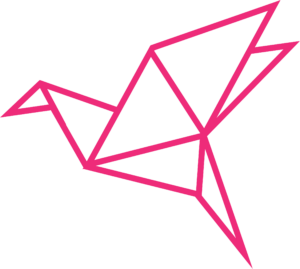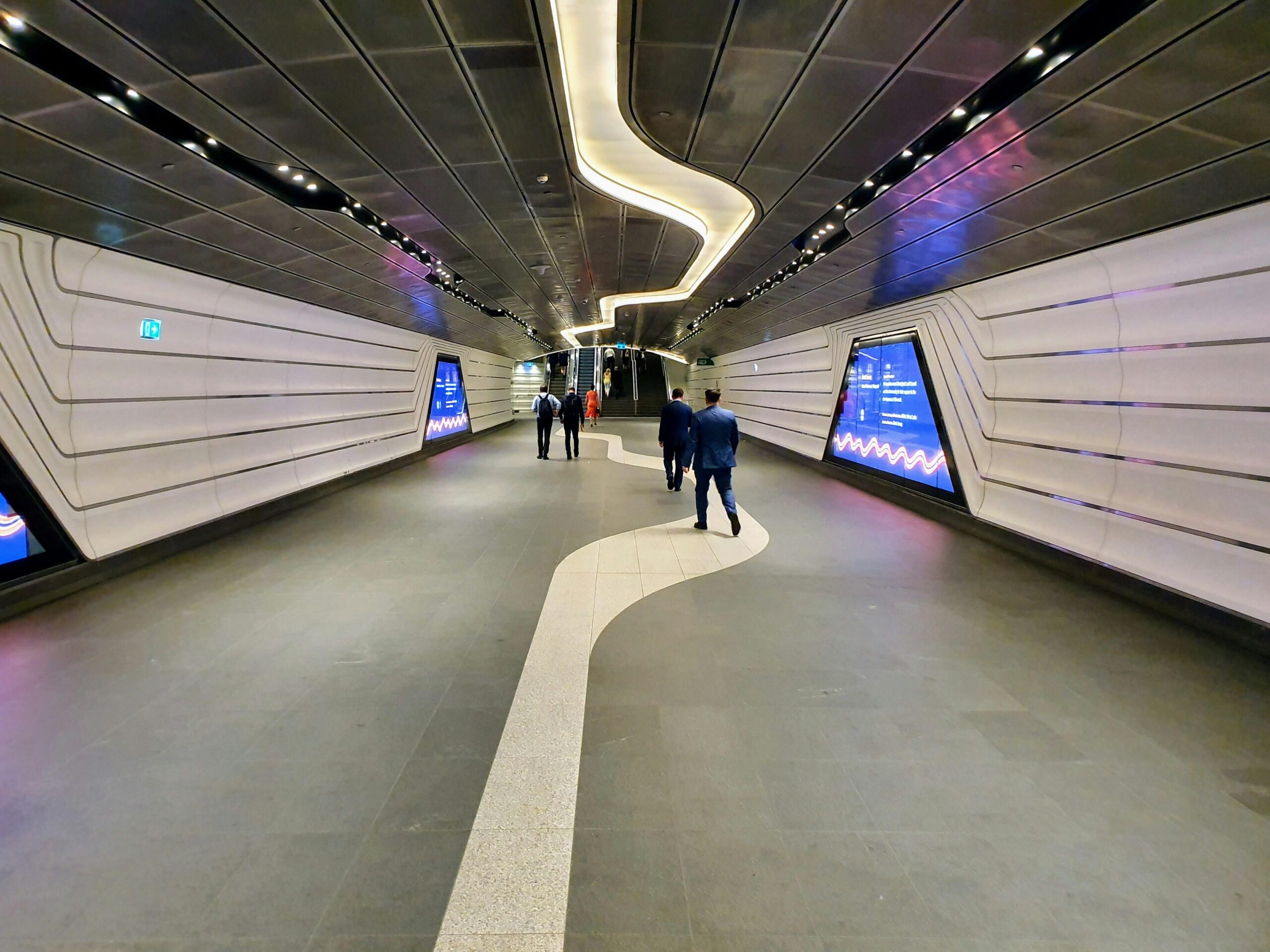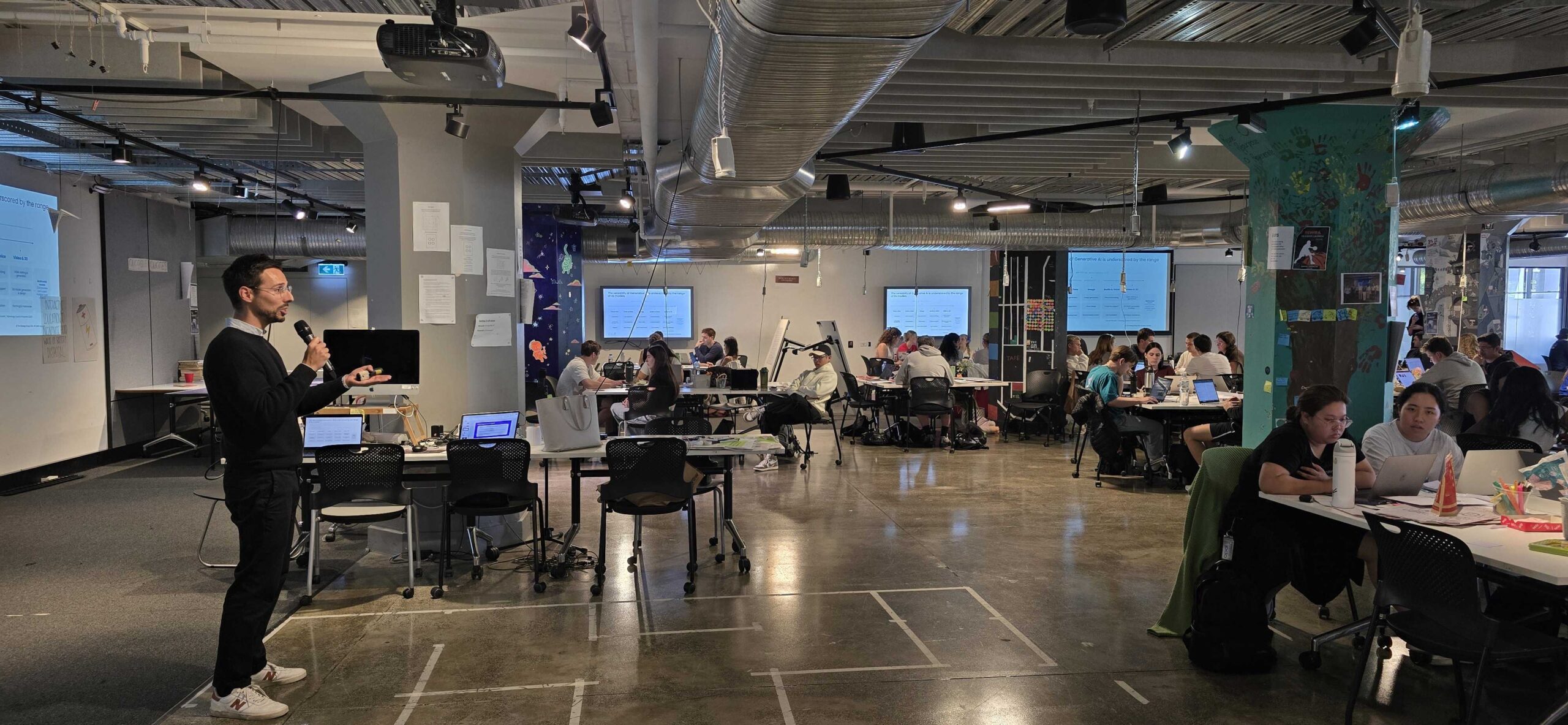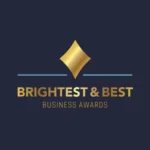I have just returned from an incredible trip to Silicon Valley taking a group of 30 executives from very diverse backgrounds (doing an MBA at AGSM) on an immersive experience. We spoke to Australian entrepreneurs who now live in the Valley, heard from various venture capital groups and visited companies like Cisco, Slack and Eventbrite. We also heard from the founder of the hugely successful shoe company Allbirds, spent time in the notorious Tenderloin district on the one hand, and on the other, scaled the sparkling new Salesforce tower in San Francisco. We even spoke to researchers in Uber’s secret autonomous-vehicle R&D plant in an unmarked building in the Dogpatch area of the city.
Here are 7 key lessons that I’ve taken away from this experience:
- It’s getting boring. In a world where change is constant, the Valley seems to remain locked in a bubble. A problem? Perhaps. Startup valuations continue to rise, deals continually being done, however many, if not most, seem oblivious to the innovation powerhouses being built in other countries, for example, China. I don’t think Alibaba was mentioned once the entire week.
- Subscription, as a business model, is the goal. The large, traditional technology companies continue to try and shift their business models from product-focused to recurring revenue. Everyone appears to be eyeing the subscription business model as nirvana, and are desperately trying to move from selling “kit” to “making money while we sleep”. If only it was so simple.
- Employee experiences are getting boring. We saw lots of open spaces, dog-friendly companies, hipster clothing and lollies galore in many of the offices. But nothing really novel. The American goal of creating a hip, open environment continues, however it is a little long in the tooth and it is time for a more disruptive approach to working life. Free breakfast, lunch and dinner don’t cut it anymore. To quote one of the executives:
This hyper-attention to culture appears to be born out of the need to have an advantage over the other tech companies within the Bay Area. We were often told that competition for talent in the area is astronomical and that working conditions/culture is one way to encourage retention. I do wonder if it can go too far though?
- Seeing people sleeping in a church was confronting. We visited a church in the Tenderloin district and found homeless veterans using the pews as beds each night. There is still a significant divide between the really rich and the desperately poor. New housing complexes are now forced to create open, architecturally pleasing spaces, which is great. However, homelessness continues to be a major issue. Here are the thoughts of one of the executives on this issue:
But what does this mean to those that are homeless within the Bay Area? I don’t think the smell or solemnity of the church we visited on our walking tour of the Tenderloin (housing the homeless during the day) will ever leave me. For a brief moment, I was able to get the closest I have ever been to experiencing homelessness. It was terrifying.
- Corporate cool-aid abounds. Employees track from one hyped-company to another, drinking the cool aid and espousing just “how wonderful it is to work there” – until the move to the next “wonderful company”. We found most value when we talked to individual entrepreneurs or thought leaders who weren’t caught up in the cool-aid hype. Perhaps it is time for this to stop.
- The customer comes first (so they say). There was a definitive focus on putting the customer first. However, we know very well in The Strategy Group that often companies have an inside-out view that put the customer first, however from the outside-in, that isn’t the case.
- Will the music stop? Startup valuations continue to rise and rise. Series A is followed, of course, by Series B, and C, and of course D…The real question is – will the music stop and valuations in the Valley, and in Australia, drop to a more realistic level? We think they will. While the music plays, startups take advantage of the situation. Beware an event like what happened in 2000…Most startup entrepreneurs were still in school when that happened.












